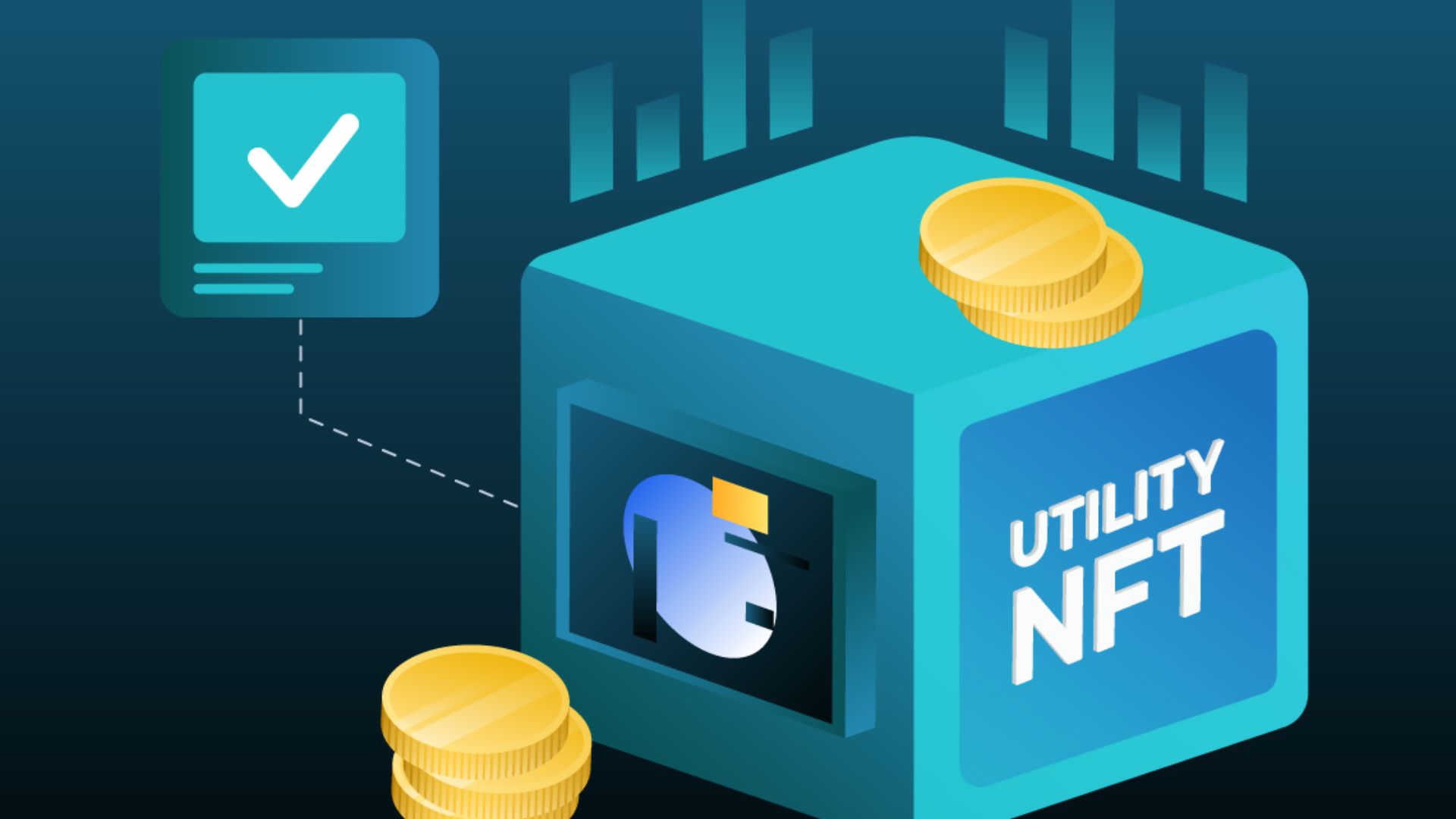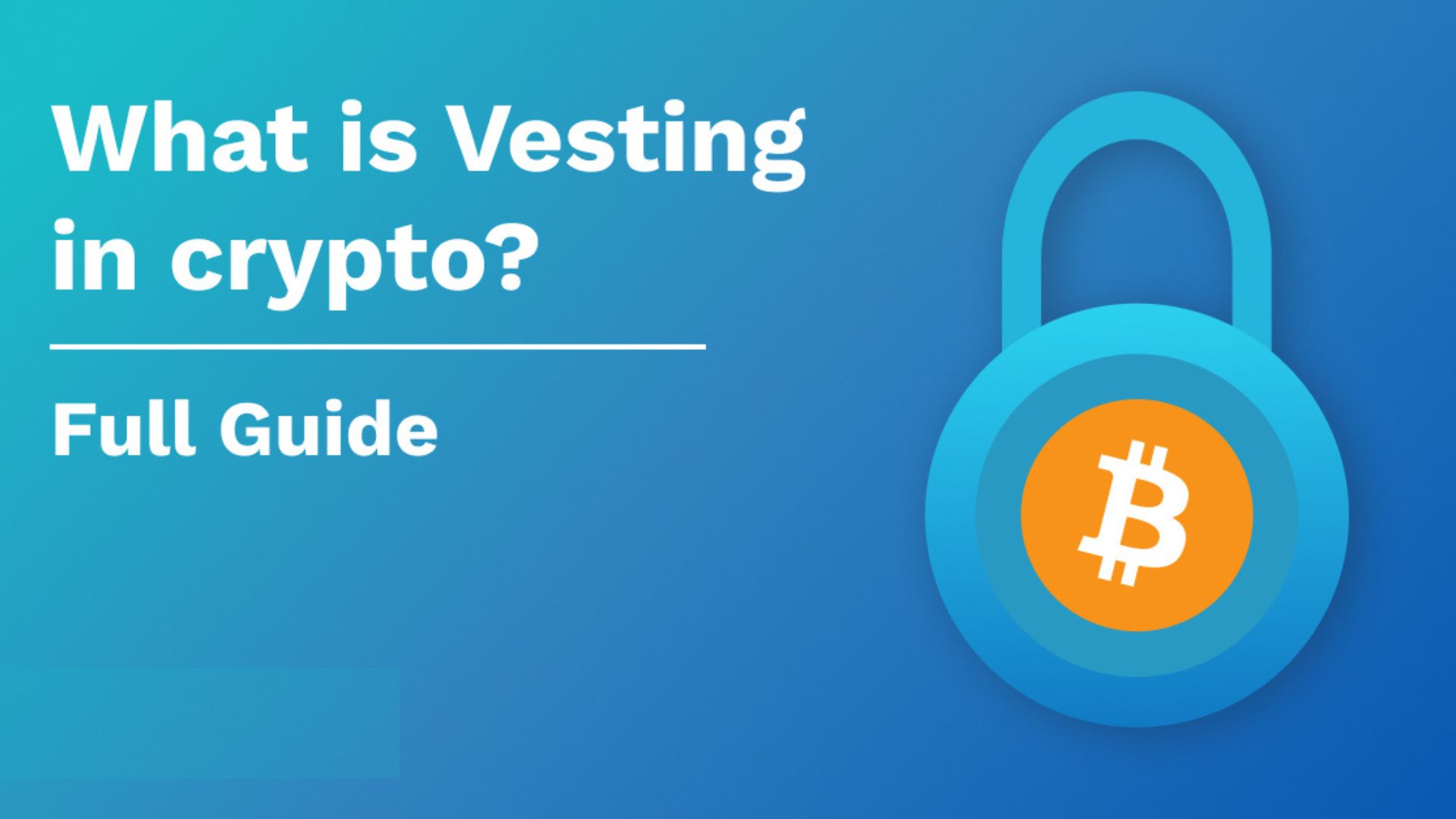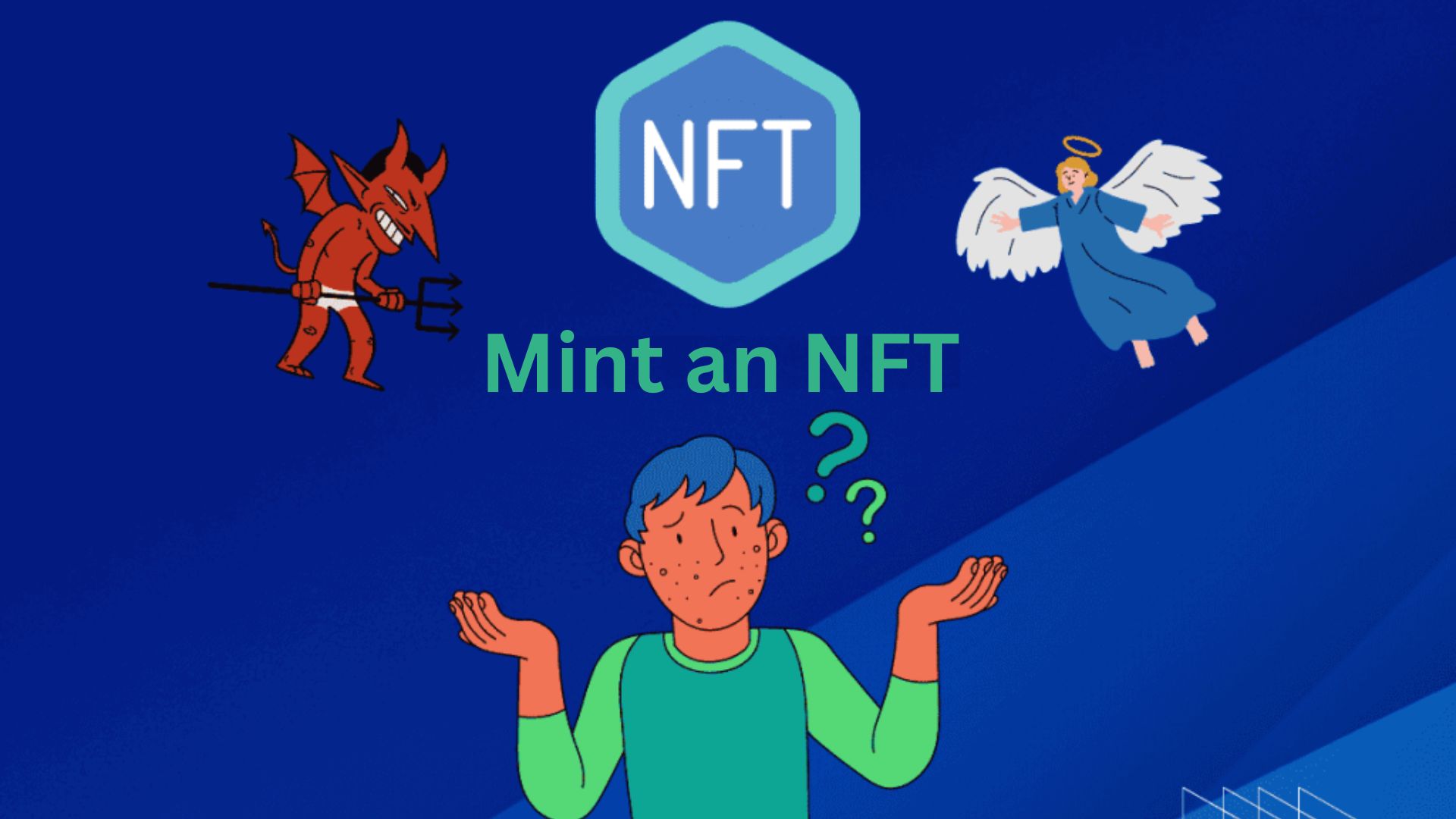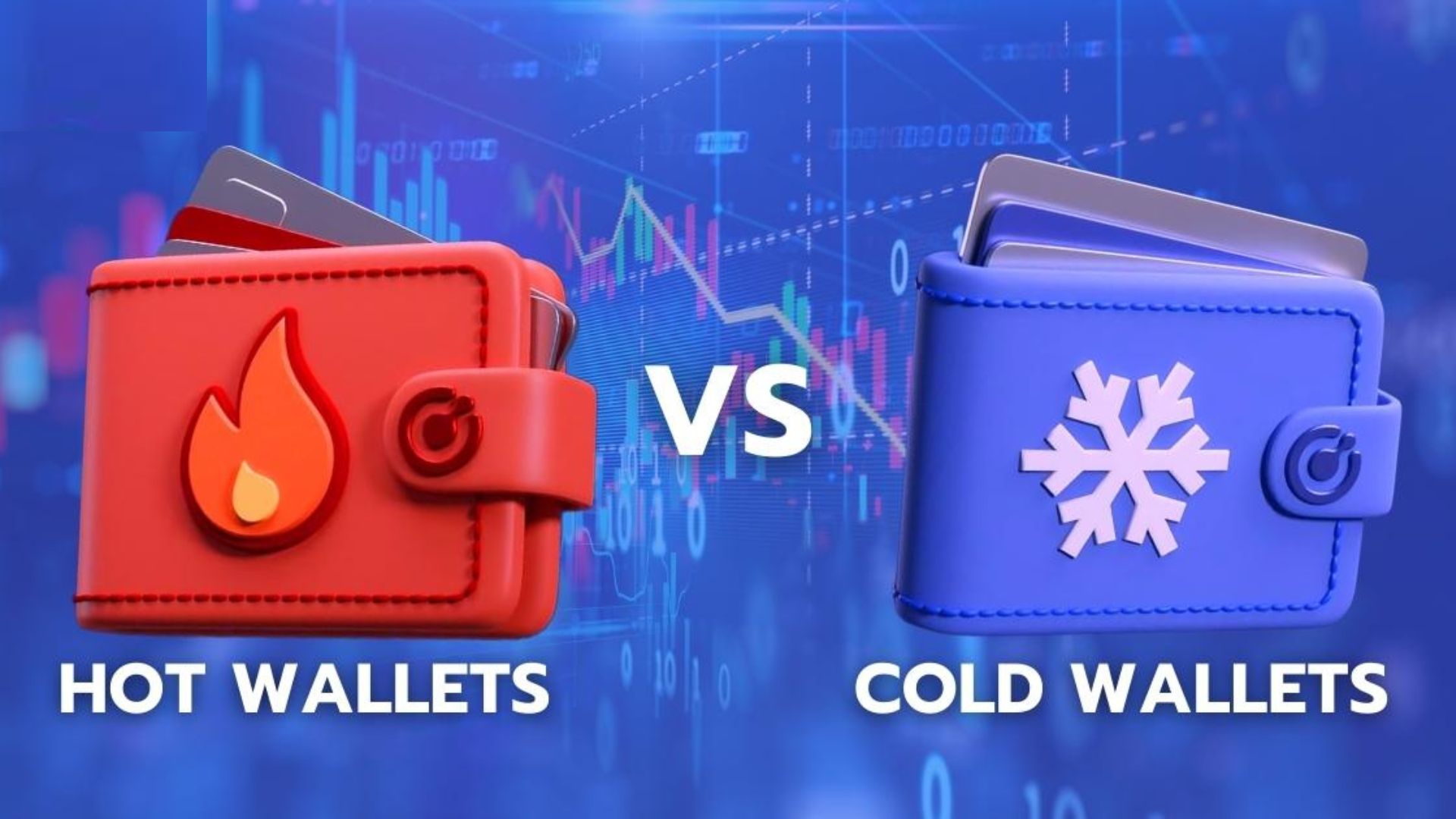NFTs vs. Traditional Art: Key Difference Explained

What is Traditional Art?
Paintings and sculptures are examples of traditional art that have been around for a long time and have a rich history of human inventiveness. Traditional works of art, such as “Starry Night” by Vincent van Gogh or the “Mona Lisa” by Leonardo da Vinci, are so valuable that they are considered truly priceless; their cultural and historical significance makes them difficult to put a price on, and they are housed in various illustrious locations.
Emerging artists face limited chances and widespread acceptance is hindered by persistent challenges related to accessibility and market elitism. Regardless of these challenges, traditional art is still an important cultural foundation since it shows how people have expressed themselves differently over the years.
Digital Influences on Traditional Art

The conventional art world has been greatly affected by the digital revolution, which has brought new distribution methods, tools, and mediums. There has been a meteoric rise in digital art forms including digital painting, 3D printing, and virtual reality (VR) experiences because digital technology has given artists unprecedented control over the creation, manipulation, and sharing of their work. In addition, artists no longer need gallery representation to reach a global audience thanks to social media and online platforms, which have democratized art access. However, questions about the authenticity of digital art and copyright concerns have arisen as a result of this shift.
NFTs, Explained
Non-fungible tokens (NFTs) have shaken up the creative industries and put long-held ideas about value and ownership to the test. By digitizing and making it marketable, NFTs open up new avenues for artists to make money off of their work that were previously impossible.
The use of blockchain technology in NFTs makes them a novel kind of unique cryptographic asset. Unique and unusual, each NFT is identified by specific data recorded through smart contracts on blockchains, most often Ethereum. This sets them apart from traditional cryptocurrencies.
NFTs vs. Traditional Art: Because of their uniqueness, NFTs are a cutting-edge resource for artists in many fields, such as virtual real estate, music, collectibles, gaming, metaverses, decentralized identity management, and art. To engage a worldwide audience, NFTs seek to democratize access to crypto art while also enabling artists to directly monetise their work through NFT marketplaces.
NFT vs. Traditional Art
The discussion surrounding NFT art vs. traditional art is not about who is better; rather, it is an encouragement to welcome change and recognize the worth of both forms. NFTs make art more accessible, which means more people can own and enjoy it, but traditional art is still important because it helps us connect to our past and who we are as a people. Examining how NFTs differ from conventional art in terms of value and ownership reveals a paradigm change, since NFTs provide distinctive digital ownership via blockchain, posing a threat to established standards in the art market.
In addition, unlike traditional art, which usually exists as a single piece, NFTs can be dynamic or divided into smaller portions, allowing fractional ownership. And although traditional art transactions may centre on gallery shows or auctions, NFTs make it easier to purchase and sell artwork online.
Can you Convert Traditional Art into an NFT?

The process of translating works of traditional art into NFTs calls for a special combination of artistic talent and technical know-how on the part of artists. This method begins with high-quality scanning or photography to create a digital file with conventional artwork. Artists utilize Procreate or Adobe Creative Suite to preserve fine details when digitizing their work.
Afterwards, artists can tokenize their creations by using tools that transform traditional art into NFTs on blockchain networks. Platforms like OpenSea, Nifty Gateway, and Rarible are examples of decentralized applications (DApps) and NFT marketplaces where artists can display and sell their digital art. Making note of the artwork’s provenance, artist details, and distinguishing characteristics is an important first step. An NFT has a distinct identity, proven ownership, and an immutable record on the blockchain from the moment it is created.
Why are some artists against NFTs?
Because of the high energy consumption of proof-of-work (PoW) blockchains, several artists are against NFTs for environmental reasons. Some people think that the NFT market turns art into a commodity and takes the emphasis off of creative expression and onto financial speculation. This change calls into question the long-held beliefs about art’s place in society and its capacity to evoke strong feelings. Artists are already wary of the decentralized NFT environment because of copyright infringement and IP concerns.
Nuances in the NFT/traditional Art Dichotomy
Using NFTs to democratize art will shift away from art collecting’s exclusivity and toward a more inclusive art scene. Nevertheless, a more nuanced view is provided by the contrast between NFTs and conventional paintings. Prominent sales, such as Beeple’s “Everyday: the First 5000 Days” which sold for an unprecedented $69 million at Christie’s in March 2021, serve as strong evidence of the contrary. Despite progress toward democratization, these examples show that large financial disparities remain in the art market.
NFTs vs. Traditional Art: Concerns about exclusivity stem from the fact that the NFT market may be out of reach for artists and collectors who lack the financial means or technical understanding to participate due to hefty transaction costs and the requirement for knowledge of cryptocurrencies. Some people make an oversimplified difference between digital and physical forms in art. Both are examples of unique, subjective works of art whose worth is highly dependent on the individual tastes of those who purchase them.
Notable artists like Damien Hirst have acknowledged this merging. “The Currency” by Damien Hirst further blurs the lines between the digital and physical art worlds by giving collectors the option to purchase either an NFT or a physical version of the piece. This recognition highlights how these two domains are interdependent and always changing.
Future Outlook
The debate between NFTs and more conventional forms of art raises some important issues. With money to consider, it’s natural to wonder how much NFT artworks are worth and how much these unique digital assets are worth. Amidst these talks, there is a push to rethink traditional art analysis and how we may adjust our methodologies to keep up with technological changes. Questions and assessments like these add to the larger discussion around the modern art world’s potential future course as NFTs keep changing the art scene and our perceptions of it.





